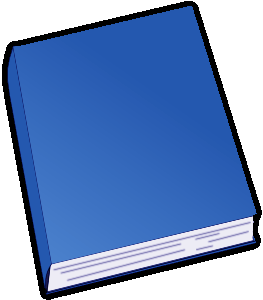The Chinese Classics: with a translation, critical and exegetical notes, prolegomena and copious indexes (Shih ching. English) — Volume 1 By: James Legge (1815-1897) |
|---|

In "The Chinese Classics: Volume 1", James Legge skillfully presents readers with an invaluable resource for understanding the rich literary tradition of ancient China. This comprehensive translation, accompanied by critical and exegetical notes, prolegomena, and indexes, provides a thorough exploration of the Shih Ching, or the Book of Poetry.
Legge's translation is laudable, skillfully capturing the essence of the original Chinese texts while making them accessible to English-speaking audiences. With meticulous attention to detail, Legge delves into the intricacies and nuances of the poems, ensuring that readers can grasp the depth of their meanings and cultural significance.
A noteworthy aspect of this volume is Legge's inclusion of extensive critical and exegetical notes. These annotations offer contextual information, historical background, and insightful explanations of linguistic choices, aiding readers in unraveling the subtleties embedded within the ancient poems. Legge's meticulous annotations allow a deeper understanding of the underlying themes, making this book an essential companion for anyone seeking a comprehensive analysis of the Shih Ching.
Furthermore, "The Chinese Classics" Volume 1 features prolegomena that serve as a comprehensive introduction to the Book of Poetry. These sections provide a thorough examination of the origins, structure, and importance of this influential collection. Legge's prolegomena not only set the stage for the subsequent translation and critical exegesis but also act as an invaluable guide to understanding the significance of the Shih Ching in Chinese literary and cultural history.
The inclusion of copious indexes enhances the accessibility of this work, allowing readers to easily navigate through the vast expanse of the Book of Poetry. These indexes facilitate quick reference and enable scholars, students, and even casual readers to locate specific poems, themes, or concepts within the text.
Although this book is an excellent resource, it may be demanding for readers without prior knowledge of Chinese literature or language. Some sections could benefit from additional clarification or examples to aid those unfamiliar with the cultural and linguistic nuances present in the source material.
Despite these minor limitations, "The Chinese Classics: Volume 1" offers profound insights into the Book of Poetry, and James Legge's translation, along with his meticulous annotations, prolegomena, and indexes, make this an indispensable reference for both scholars and enthusiasts of Chinese literature. Legge's dedication to preserving and interpreting these ancient poems allows readers to delve into the beauty and wisdom of this timeless collection. A note from the digitizer This digitized version preserves the original page breaks. The text of each page is followed by its notes. Note reference numbers in the text are enclosed in brackets. In a few places I have substituted the character forms available in the Big 5 character set for rare or (what are now considered) nonstandard forms used by Legge. Characters not included in the Big 5 character set in any form are described by their constituent elements. THE CHINESE CLASSICS with a translation, critical and exegetical notes, prolegomena, and copious indexes by James Legge IN FIVE VOLUMES CONFUCIAN ANALECTS THE GREAT LEARNING THE DOCTRINE OF THE MEAN PROLEGOMENA. CHAPTER I. OF THE CHINESE CLASSICS GENERALLY. SECTION I. BOOKS INCLUDED UNDER THE NAME OF THE CHINESE CLASSICS. 1. The Books now recognised as of highest authority in China are comprehended under the denominations of 'The five Ching [1]' and 'The four Shu [2].' The term Ching is of textile origin, and signifies the warp threads of a web, and their adjustment. An easy application of it is to denote what is regular and insures regularity. As used with reference to books, it indicates their authority on the subjects of which they treat... Continue reading book >>
|
| eBook Downloads | |
|---|---|
|
ePUB eBook • iBooks for iPhone and iPad • Nook • Sony Reader |
Kindle eBook • Mobi file format for Kindle |
|
Read eBook • Load eBook in browser |
Text File eBook • Computers • Windows • Mac |
| Review this book |
|---|